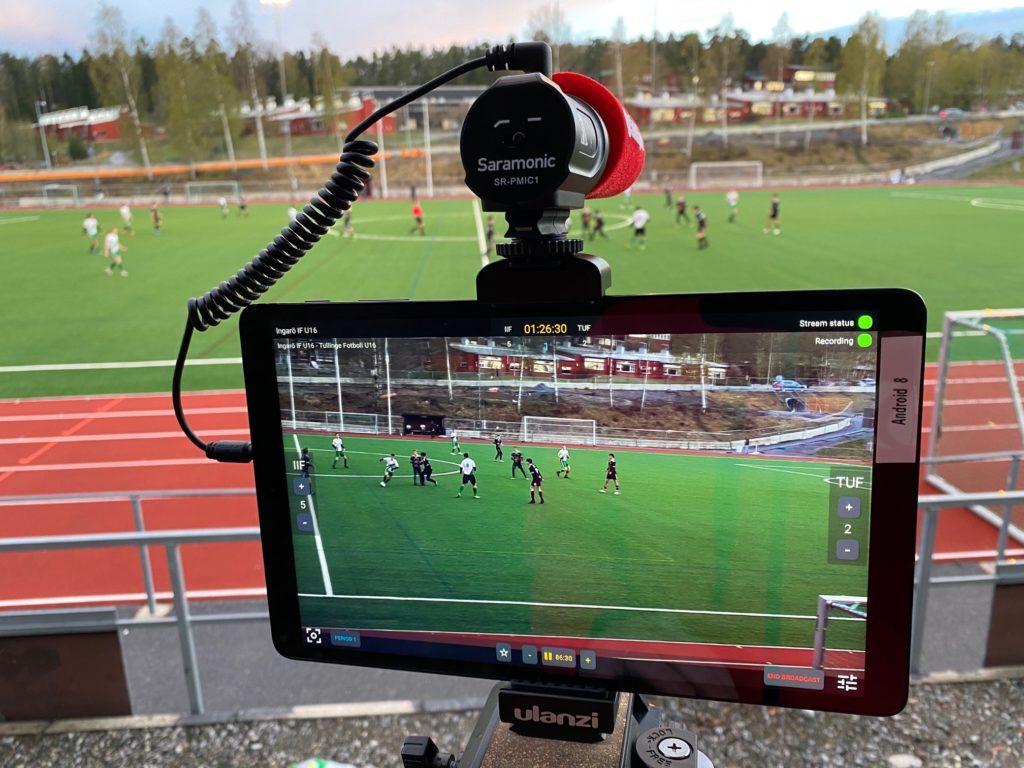How Fan Input is Shaping Modern Sports Broadcasting
Fan input is significantly shaping modern sports broadcasting, driving a more personalized and engaging experience that resonates deeply with audiences. The traditional model of passive viewership is being transformed into an interactive, participatory relationship between broadcasters and fans. This evolution is largely fueled by advancements in technology and the growing demand for a more immersive and customizable viewing experience. One of the primary ways fan input is influencing sports broadcasting is through social media platforms. Broadcasters now actively monitor social media channels to gauge viewer sentiment and preferences in real-time. This feedback loop allows for instant adjustments to broadcasts, such as focusing on particular players or moments that are generating buzz among fans. Additionally, social media integration enables fans to participate in live discussions, polls, and QandA sessions during the broadcast, fostering a sense of community and direct involvement in the event. For example, fans can vote on which player should be featured in a halftime interview or suggest which aspects of the game should be analyzed in post-match discussions.

Customized viewing experiences are another significant development driven by fan input. Sports networks are increasingly offering options for viewers to personalize their broadcasts. This includes selecting specific camera angles, tracking particular players, and accessing detailed statistics and replays on-demand. Advanced data analytics and machine learning algorithms analyze viewer behavior and preferences to provide tailored content recommendations, ensuring that each viewer receives a unique and relevant experience. This level of customization not only enhances viewer satisfaction but also increases engagement and retention. Fan input is also reshaping the narrative and storytelling aspects of sports broadcasting. Broadcasters are now more attuned to the stories and angles that resonate with their audience. By incorporating fan feedback, they can 스포츠하이라이트 underdog stories, rivalries, and personal journeys of athletes that might otherwise be overlooked. This approach creates a more emotionally engaging broadcast that connects with viewers on a deeper level.
Companion apps and websites offer interactive features that allow fans to delve deeper into the game. They can access real-time statistics, view detailed player profiles, and even predict outcomes or strategies. These platforms often incorporate fan-generated content, such as live tweets, photos, and videos, further integrating the audience’s voice into the broadcast. This participatory approach not only enriches the viewing experience but also builds a stronger connection between fans and the sport. In conclusion, fan input is revolutionizing modern sports broadcasting by fostering a more interactive, personalized, and emotionally engaging experience. Through social media integration, customizable viewing options, narrative enhancements, and second-screen interactions, broadcasters are creating a dynamic environment where fans feel heard and valued. As technology continues to evolve, the role of fan input in shaping sports broadcasts is likely to grow, paving the way for even more innovative and immersive viewing experiences. This shift not only benefits fans but also enhances the overall appeal and accessibility of sports, ensuring that it remains a vital and vibrant part of global culture.